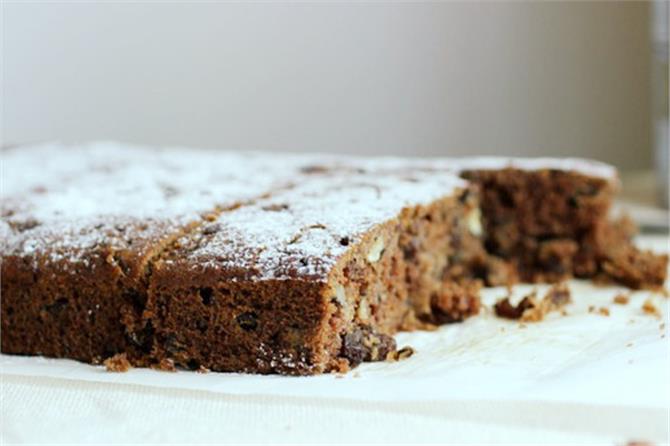August 27 marks the celebration of St Fanourios – a martyr known for helping the faithful find lost items, whether they be physical objects or metaphorical ones, such as hope.
Traditionally, on the eve of the St Fanourios’ feast day, a fanouropita is baked and taken to church for blessing at the Great Vespers, the evening service, in honour of the saint.
At the conclusion of the service, the fanouropites are shared among those in attendance. According to tradition, at least nine people should have a piece of the delicious and nistisimo cake.
Some faithful believe baking the cake will help them find something they have lost.
The traditional cake features nuts and raisins and is topped with sesame seeds or powdered sugar, depending on which version of the recipe has been passed down in your family and followed for generations.
The recipe below and its variations can be enjoyed any time of the year, adding seasonal fruits or a variety of nuts, if preferred, especially during periods of fasting.

Recipe by Eleni’s Kitchen and Bar:
Ingredients:
- 300 grams caster sugar.
- 380 grams freshly squeeze orange juice.
- 380 grams vegetable oil.
- 1 tsp baking soda.
- 1.5 tsp cinnamon.
- 1/2 tsp cloves.
- 60mL of cognac.
- 1/2 kilograms of self raising flour.
- 140 grams walnuts, roughly chopped.
- 80 grams dried fruits (sultanas, raisins).
1. Preheat oven to 160C fan forced. Grease pan with butter.
2. Beat the sugar, vegetable oil and half of the fresh orange juice in a large bowl, until the sugar melts.
3. In a separate bowl, combine the remaining orange juice with the baking soda, cinnamon, cloves and Cognac. Whisk until the baking soda froths.
4. Add the baking soda mixture to the bowl with the sugar and whisk thoroughly.
5. Add the flour, walnuts, and dried fruits. Mix until all of the ingredients are completely combined.
6. Transfer to pan and bake for 40 minutes.
7. Dust with icing sugar once cooled and present with mint leaves.
